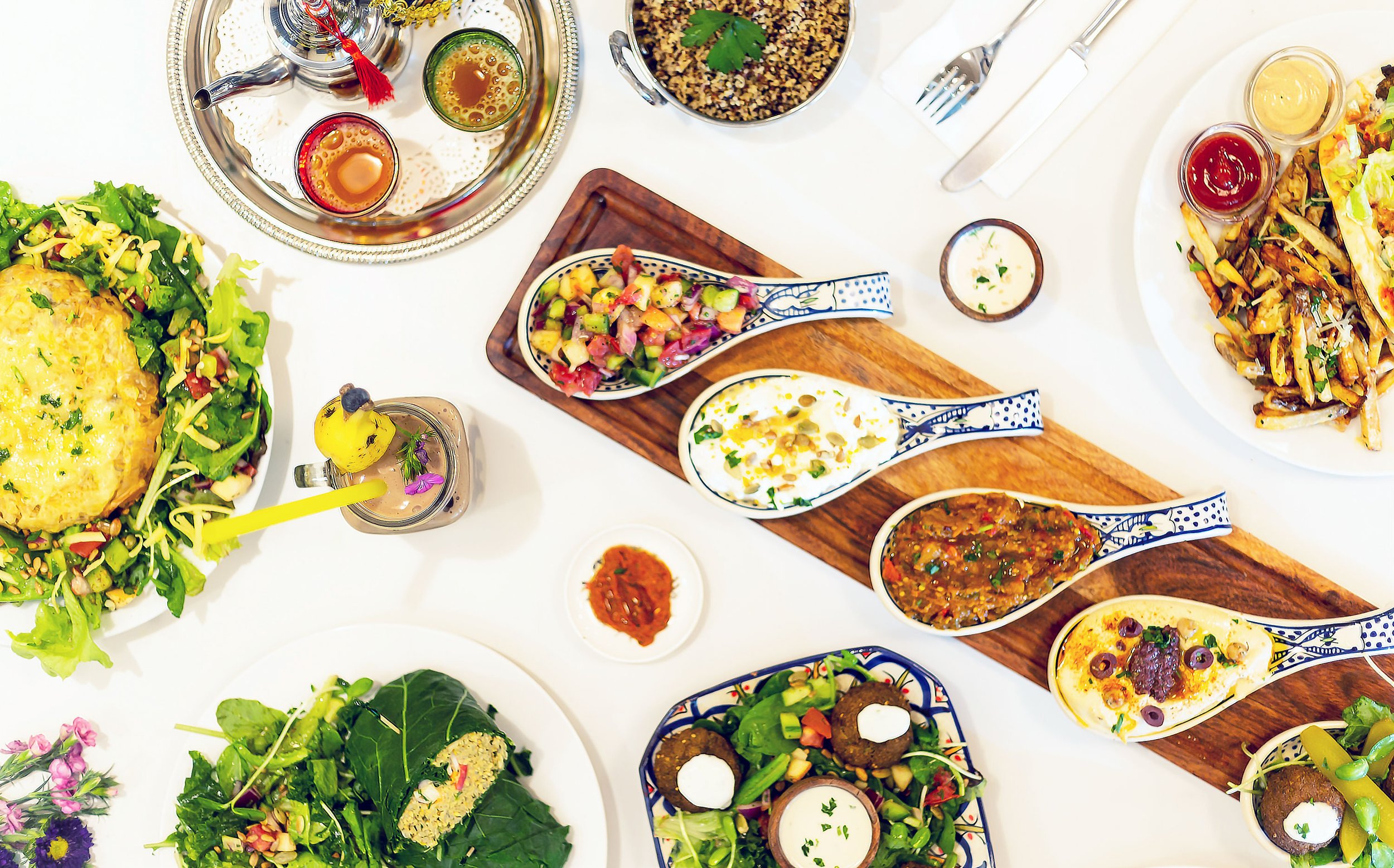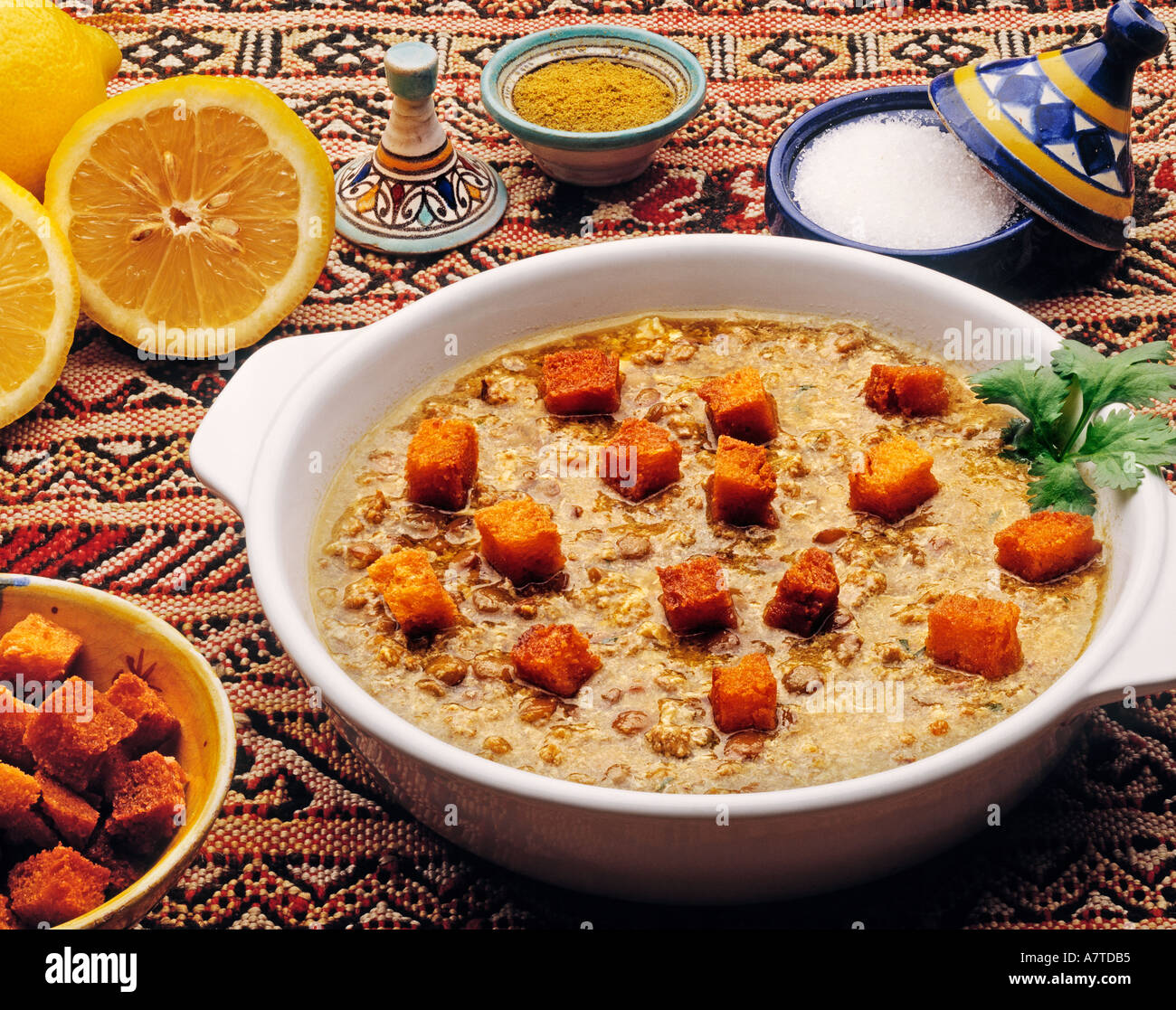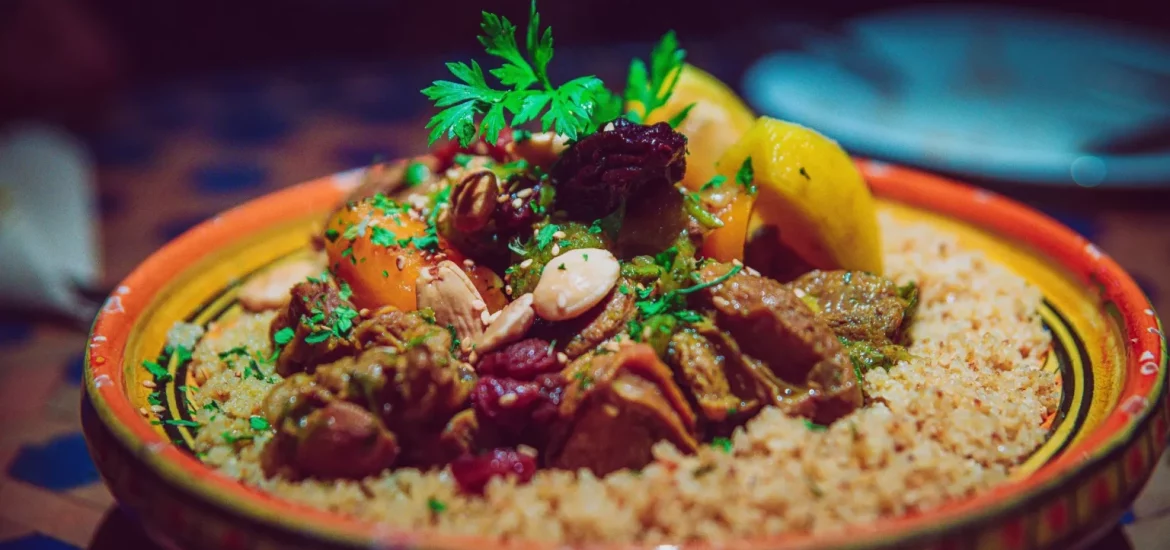Mediterranean Food: A Flavorful Trip Through Custom and Taste
Mediterranean cuisine serves as an exceptional crossway of custom and preference, drawing from a varied array of societies that extend continents. The profound tastes and health and wellness advantages connected with the Mediterranean diet regimen have garnered international affection, yet below its surface exists a complicated narrative of historical impacts and local specialties that warrant further expedition.
Origins of Mediterranean Cuisine
The origins of Mediterranean cuisine are deeply rooted in an abundant tapestry of history, geography, and cultural exchange. This culinary custom emerges from a region defined by its varied landscapes, consisting of shorelines, mountains, and abundant levels, which have affected its agricultural methods and food production. The Mediterranean Basin, incorporating countries such as Italy, Greece, Spain, and Turkey, has actually been a crossroads of human beings for millennia, where trade courses promoted the exchange of ingredients, methods, and cooking philosophies.
Old cultures, including the Greeks and Romans, dramatically designed Mediterranean foodways, emphasizing the relevance of fresh, seasonal fruit and vegetables and common eating. The spread of agriculture, especially the cultivation of grapes, olives, and grains, laid the foundation for recipes that stay staples today. In addition, the impact of numerous conquerors and investors, such as the Moors and Ottomans, presented cooking designs and brand-new flavors, even more improving the food.
Today, Mediterranean food is celebrated not only for its taste and variety but likewise for its emphasis on healthful eating, personifying a well balanced approach to nutrition that remains to appeal to global tastes buds. This historical interplay of components and cultures creates the essence of what we currently recognize as Mediterranean food.
Trick Components and Flavors
Mediterranean food is identified by a dynamic selection of vital components and flavors that mirror the area's agricultural bounty and social heritage. Central to this cooking practice are fresh vegetables, fruits, and herbs, which supply vivid tastes and vital nutrients. mediterranean restaurant las vegas. Staples such as tomatoes, eggplants, olives, and bell peppers are frequently featured, showcasing the area's varied climate and dirt
Olive oil, commonly considered as the backbone of Mediterranean food preparation, imparts splendor and depth to recipes. It is enhanced by a range of herbs and flavors, consisting of basil, oregano, and garlic, which elevate the tastes of meats, seafood, and grains. Grains, particularly wheat and rice, act as fundamental elements, with meals like couscous and pasta being staples throughout the area.
Furthermore, vegetables such as lentils and chickpeas not only give protein however also contribute to the cuisine's robustness. Using milk, especially yogurt and feta cheese, adds creaminess and tang. Seafood, abundant in seaside areas, features plainly, with fresh fish and shellfish providing a preference of the sea. Collectively, these ingredients produce an unified equilibrium that specifies Mediterranean cuisine.
Regional Variants and Specialties
Diverse local variations and specializeds define Mediterranean cuisine, mirroring the distinct social impacts, location, and background of each area. In the seaside regions of Italy, as an example, seafood reigns supreme, with meals like Sicilian caponata showcasing a blend of eggplant, olives, and capers. On the other hand, Greece is renowned for its use feta cheese, olives, and fresh natural herbs, apparent in classic prep work such as moussaka and spanakopita.
The Levantine countries, consisting of Lebanon and Syria, stress making use of grains and seasonings, with specializeds like tabbouleh and kibbeh taking spotlight. North Africa, specifically Morocco, stands apart for its fragrant tagines and couscous, typically enriched with dried fruits official site and an abundant array of spices.
In comparison, the Iberian Peninsula highlights using cured meats and vibrant flavors, with Spanish paella and Portuguese bacalhau exhibiting the region's culinary diversity.
Each Mediterranean region not only commemorates its local active ingredients yet likewise mirrors the historical trade routes and cultural exchanges that have formed its food culture, developing a vibrant tapestry of flavors that astounds the taste.
Cooking Strategies and Designs
Food preparation techniques and designs in Mediterranean cuisine are as differed as the areas themselves, frequently showing available active ingredients and neighborhood practices. The heart of Mediterranean cooking lies in its simplicity, where fresh produce, natural herbs, and olive oil take facility phase. Techniques such as grilling, roasting, and sautéing are typically employed, allowing the natural flavors of the ingredients to shine.
Cooking, widespread in coastal areas, infuses fish and shellfish and meats with a great smoky richness, while toasting, specifically in the Center East, improves the sweetness of root veggies and meats. Sautéing, usually used in Spanish and italian dishes, provides a quick approach to highlight the richness of garlic and onions, serving as a foundation for numerous sauces.
Cooking is one more important strategy, particularly in North African foods, where tagines simmer fragrant seasonings and tender meats gradually, melding tastes in time - mediterranean restaurant las vegas. Cooking, specifically in the context of bread and breads, holds a significant area in Mediterranean society, with each area flaunting its own specialties. Generally, these diverse cooking approaches not only celebrate the ingredients however also show the ingrained cooking heritage of the Mediterranean, making each dish a testimony to its abundant background

Health Conveniences of Mediterranean Diet Plan
Routinely identified for its countless wellness benefits, the Mediterranean diet plan emphasizes the usage of entire, minimally processed foods that promote total wellness. This nutritional pattern is abundant in fruits, veggies, entire grains, vegetables, nuts, and healthy and balanced fats, especially olive oil, while encouraging moderate intake of fish and poultry and restricting red meat and sweets.
Research continually connects the Mediterranean diet to a selection of health and wellness advantages. Especially, it has actually been related to a decreased risk of cardiovascular illness, largely as a result of its a fantastic read emphasis on heart-healthy fats and antioxidants. The diet regimen is also believed to improve cognitive feature and might lower the threat of neurodegenerative conditions such as Alzheimer's.
Additionally, the Mediterranean diet sustains weight administration with its concentrate on nutrient-dense foods that advertise satiation. The high fiber material from fruits, veggies, and entire grains help food digestion and assists maintain healthy and balanced blood glucose degrees.
Along with physical wellness, the Mediterranean diet regimen cultivates social wellness, as it encourages communal dishes and shared cooking experiences. Overall, embracing this diet plan is not just a path to enhanced wellness but additionally a party of tastes, society, and community.

Conclusion
To conclude, Mediterranean cuisine works as an abundant tapestry of practice and preference, showcasing varied regional tastes and active ingredients. The focus on fresh produce, olive oil, and aromatic herbs not just enhances culinary experiences yet additionally advertises countless wellness advantages. By accepting classic food preparation methods and cultivating communal dining, this culinary heritage remains to inspire and attach individuals throughout societies, strengthening its status as a valued and prominent component of global gastronomy.

Food preparation techniques and designs in Mediterranean cuisine are as varied as the areas themselves, commonly showing readily available components and regional traditions.In verdict, Mediterranean food offers as a additional reading rich tapestry of practice and taste, showcasing diverse local tastes and active ingredients.
 Emilio Estevez Then & Now!
Emilio Estevez Then & Now! Kirk Cameron Then & Now!
Kirk Cameron Then & Now! Jenna Jameson Then & Now!
Jenna Jameson Then & Now! Kelly Le Brock Then & Now!
Kelly Le Brock Then & Now! Terry Farrell Then & Now!
Terry Farrell Then & Now!